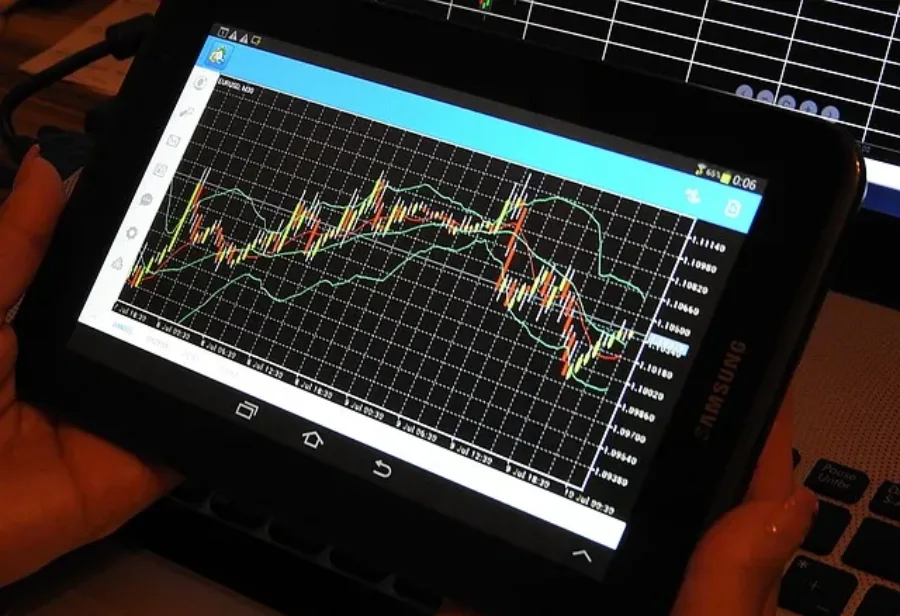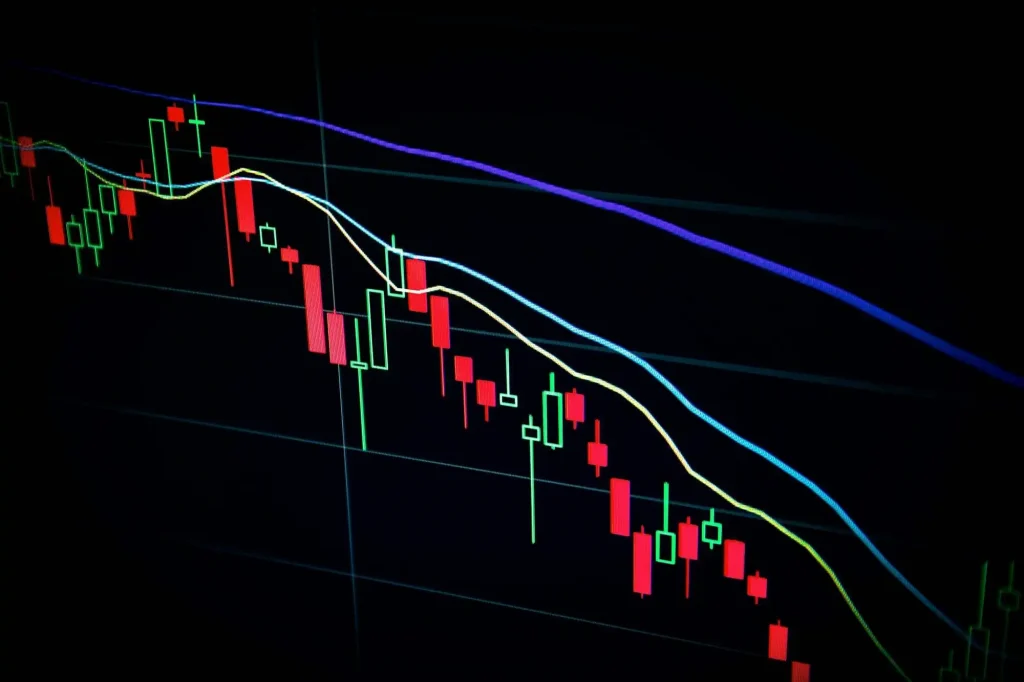Introduction to Role Reversal Trading
Role Reversal, known as Role Reversal in Japanese markets, represents a fundamental concept in forex trading where support and resistance levels switch their roles. This powerful trading technique has gained significant popularity among Malaysian traders due to its reliability and consistent results. The concept involves price action breaking through a significant level and then retesting that level from the opposite side. Understanding this phenomenon helps traders identify potential entry points with higher probability setups. Trading the Malaysian ringgit pairs requires careful attention to these technical patterns, as they often provide reliable trading opportunities.

Understanding Role Reversal Patterns
Role Reversal patterns appear regularly in forex markets, particularly during trend transitions. The pattern occurs when previous support becomes resistance, or when previous resistance becomes support. Malaysian traders often observe this phenomenon in major currency pairs like MYR/USD and MYR/JPY. The transformation happens when market participants’ psychology shifts, creating new price action dynamics.
Key Components of Role Reversal:
• Initial support/resistance level
• Price breakout
• Retest of broken level
• Confirmation of role reversal
• New trend establishment
Types of Role Reversal Patterns
- Horizontal Level Reversals
- Trend Line Reversals
- Channel Pattern Reversals
- Moving Average Reversals
- Pattern-Based Reversals
Table: Role Reversal Classification
Type | Characteristics | Success Rate |
Horizontal | Easiest to identify | 75-80% |
Trend Line | Requires angle analysis | 65-70% |
Channel | Complex but reliable | 70-75% |
Moving Average | Dynamic levels | 60-65% |
Implementation Strategy
Role Reversal trading requires systematic approach and careful analysis. Malaysian traders should consider these essential factors:
Entry Criteria:
- Clear level identification
- Volume confirmation
- Price action patterns
- Time frame alignment
- Market context
Risk Management Guidelines:
• Stop loss placement
• Position sizing
• Risk-reward ratios
• Market volatility assessment
• Exit strategy planning
Technical Considerations
The technical aspects of Role Reversal trading involve various components that Malaysian traders must master:
- Chart Analysis Tools
- Indicator Confirmation
- Time Frame Selection
- Pattern Recognition
- Trade Management

| Parameter | Recommendation | Notes |
| Timeframe | H4 or Daily | Best for pattern formation |
| Stop Loss | 1-2 ATR | Based on volatility |
| Take Profit | 2-3x Stop Loss | Minimum ratio |
Trading Psychology with High Leverage
Managing psychological aspects becomes particularly important when trading with 1000x leverage with zero-cut system. Consider these essential psychological elements:
Emotional Control Strategies:
- Implementation of strict trading plans
- Regular trading journal maintenance
- Performance monitoring systems
- Stress management techniques
- Risk tolerance assessment
- Recovery period protocols
- Success metric tracking
Decision-Making Framework:
- Pre-trade checklist requirements
- Entry confirmation criteria
- Exit strategy planning
- Position sizing rules
- Market condition evaluation
- Risk-reward assessment
- Performance review schedule
Advanced Trading Strategies for High Leverage
When implementing 1000x leverage trading strategies, consider these specialized approaches: Momentum Trading:
- Trend identification methods
- Volume analysis requirements
- Price action confirmation
- Multiple timeframe analysis
- Entry trigger signals
- Exit point determination
- Position management rules
Breakout Trading:
- Support/resistance identification
- Volatility measurement
- False breakout filtering
- Position sizing calculation
- Risk management adaptation
- Profit target setting
- Stop-loss placement
Zero-Cut System Benefits and Implementation
The zero-cut system provides essential protection for high-leverage traders: Protection Features:
- Negative balance prevention
- Automatic position closure
- Real-time equity monitoring
- Risk limitation mechanisms
- Account protection protocols
- Market gap handling
- Emergency stop procedures
Implementation Requirements:
- Broker verification process
- Account setup procedures
- System testing protocols
- Emergency contact information
- Documentation requirements
- Monitoring tools setup
- Regular system checks
Advanced Risk Mitigation Techniques
Implementing sophisticated risk management with 1000x leverage: Hedging Strategies:
- Correlation-based hedging
- Multiple currency pair analysis
- Risk distribution methods
- Portfolio balancing techniques
- Hedge ratio calculations
- Position offsetting rules
- Cross-market hedging
Advanced Stop-Loss Techniques:
- Trailing stop implementation
- Time-based stops
- Volatility-adjusted stops
- Multiple time frame stops
- Break-even automation
- Partial profit taking
- Emergency exit protocols
Conclusion
Success in 1000x leverage with zero-cut system trading requires a comprehensive understanding of all these elements. Malaysian traders must maintain a disciplined approach, combining technical expertise with robust risk management. Regular review and adjustment of trading strategies ensure long-term sustainability in high-leverage trading.
FAQ Section Additional Details
What distinguishes the Malaysian forex market when trading with 1000x leverage?
The Malaysian forex market offers unique advantages due to its position in the Asian trading session. Traders benefit from optimal liquidity during Asian hours, lower spreads during peak trading times, and strong correlations with regional economic events. The regulatory environment also provides additional protection for retail traders.
How does volatility affect 1000x leverage trading decisions?
Volatility significantly impacts high-leverage trading by amplifying both potential gains and losses. Traders should adjust position sizes based on current market volatility levels, implement wider stops during volatile periods, and consider reducing leverage during major economic events. Regular volatility analysis helps in maintaining appropriate risk levels.
What technical tools are most effective for 1000x leverage trading?
Essential technical tools include volatility indicators like ATR, momentum indicators such as RSI and MACD, and trend-following tools like moving averages. Multiple timeframe analysis becomes crucial, along with volume indicators and price action patterns. These tools should be combined with proper risk management systems.
How often should risk management parameters be reviewed?
Risk management parameters should be reviewed weekly for regular market conditions and daily during high-volatility periods. This includes assessing position sizes, stop-loss levels, and overall exposure. Monthly performance reviews help in adjusting long-term risk strategies and improving trading efficiency.
What are the key differences between regular and zero-cut system leverage trading?
Zero-cut system leverage trading provides additional protection against negative balances, automated position closure at zero equity, and enhanced risk management features. Regular leverage trading may expose traders to negative balances during gap events and requires more manual intervention for position management.

